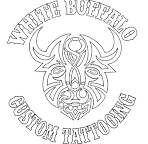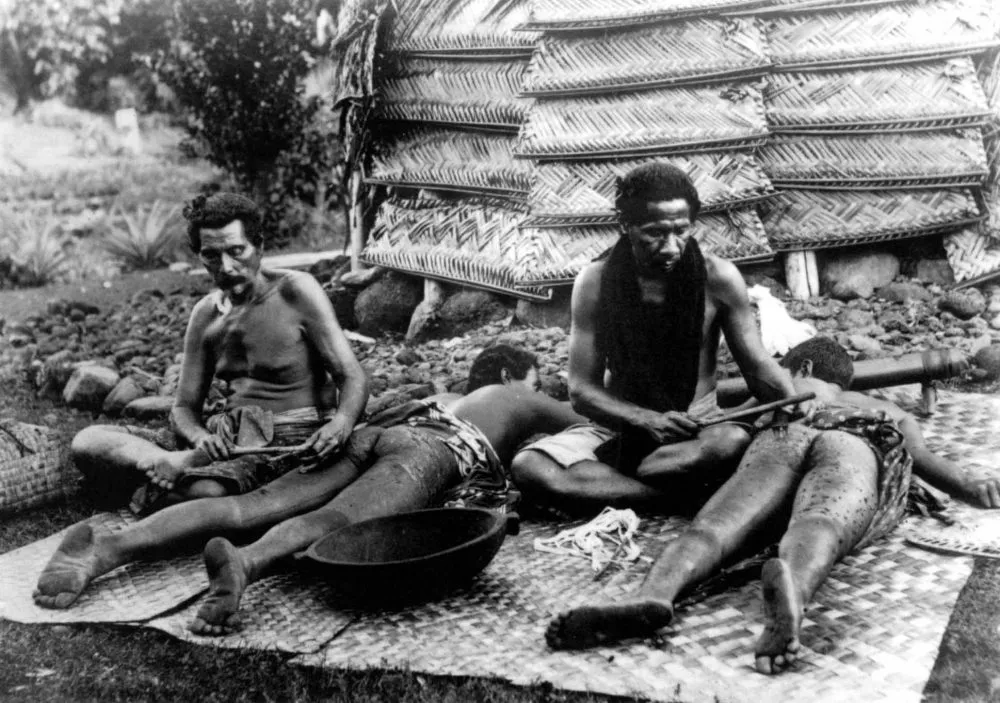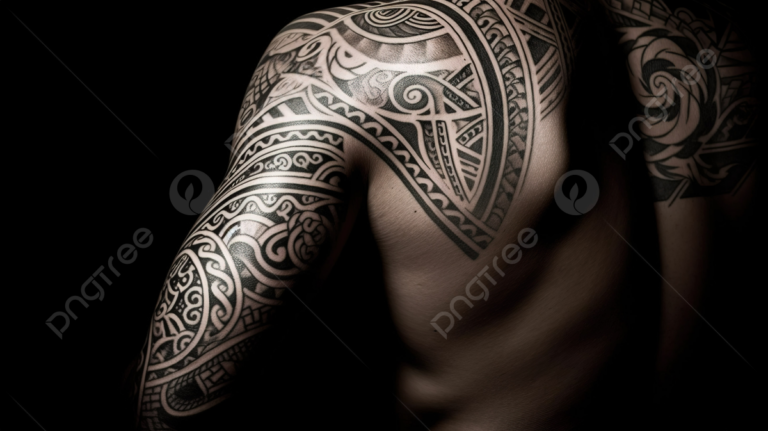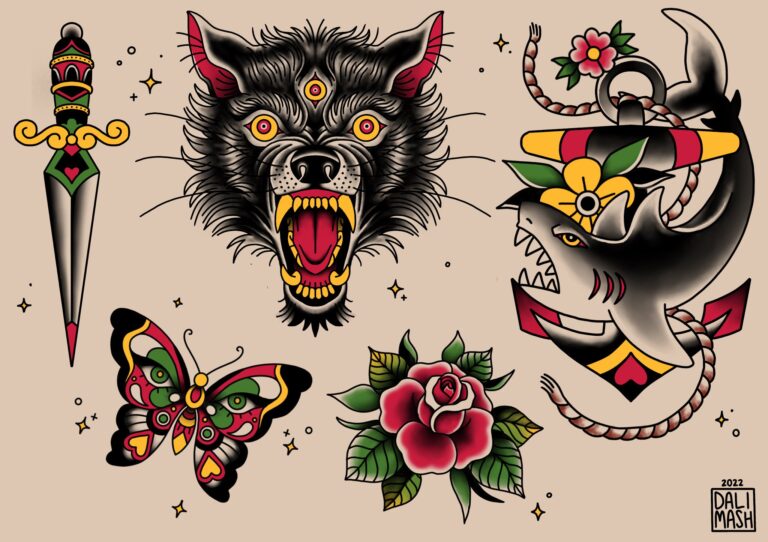Introduction
Tattoos have been an integral part of human culture for thousands of years, evolving from rudimentary hand-poked techniques to the precision and efficiency of electric tattoo machines. In this article, we’ll take a journey through the fascinating history of tattooing, exploring how it transformed from a manual, painstaking process to a modern, electric art form.
The Ancient Art of Hand-Poked Tattoos
Tattooing, as we know it today, has its roots in ancient civilizations where hand-poked methods were the norm. These early tattoos were created using simple tools like sharp bones, thorns, or sticks with a needle-like point, which were dipped in ink and then repeatedly tapped or poked into the skin. Some key points in the evolution of hand-poked tattoos include:
- Primitive Beginnings: Ancient cultures, including the Egyptians, Polynesians, and indigenous peoples worldwide, practiced hand-poked tattooing. Tattoos often held spiritual, cultural, or tribal significance.
- Ink Variations: Early inks were made from a variety of natural sources, such as ash, charcoal, and plant extracts, and were mixed with water or other liquids to create the ink.
- Painstaking Process: Hand-poked tattoos were labor-intensive and painful, as each poke introduced ink into the skin individually. The process required great skill and endurance from both the tattoo artist and the person being tattooed.
The Rise of the Electric Tattoo Machine
The turning point in tattoo history came in the late 19th century with the invention of the electric tattoo machine, a device that revolutionized the industry. The electric machine was a game-changer for several reasons:
- Samuel O’Reilly’s Invention: In 1891, Samuel O’Reilly, a New York-based tattoo artist, patented the first electric tattoo machine. His design was based on Thomas Edison’s electric pen, which he modified to deliver ink into the skin. This invention drastically increased the speed and efficiency of tattooing.
- Consistency and Precision: Electric machines allowed for greater control and precision in creating intricate designs. Tattoo artists could adjust the speed and depth of the needle, leading to more consistent and detailed tattoos.
- Reduced Pain and Healing Time: Electric machines delivered ink more efficiently, resulting in less trauma to the skin. This not only reduced pain during the tattooing process but also improved healing times.
- Popularity and Acceptance: The electric machine contributed to the growing popularity and acceptance of tattoos in mainstream culture. Tattoo studios proliferated, and artists had more opportunities to showcase their skills.
Modern Electric Tattoo Machines
Today, electric tattoo machines have continued to evolve and diversify. There are two primary types:
- Coil Tattoo Machines: These machines use electromagnetic coils to move the tattoo needle up and down. They are known for their versatility and are preferred by many professional tattoo artists.
- Rotary Tattoo Machines: These machines use a rotating motor to drive the needle. They are often lighter and quieter than coil machines, making them popular for specific tattoo styles.
In addition to electric machines, there have been advancements in ink quality, hygiene practices, and safety regulations, making tattoos more accessible and safer than ever before.
Conclusion
The evolution of tattooing from hand-poked techniques to electric machines represents a remarkable journey of innovation and transformation. What was once a labor-intensive and painful process has become a highly skilled art form that combines modern technology with centuries-old traditions. Today, tattoos are not only a form of self-expression but also a testament to the enduring human desire to adorn the body with meaningful and creative designs.




